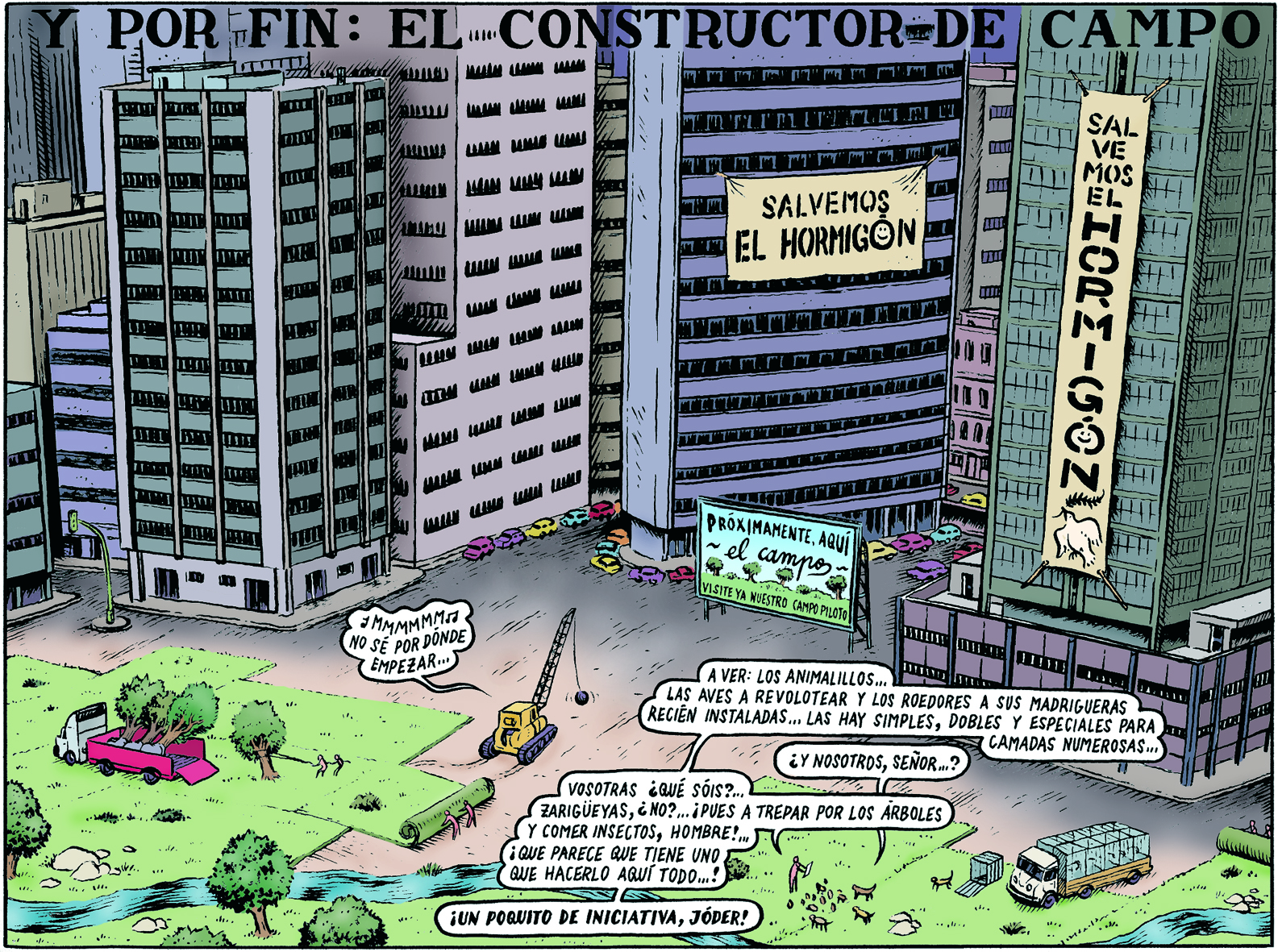The endangered Artis-tect
All revolutionary processes bring along with them periods of crisis. I suppose we agree on this premise. We can, therefore, say that a crisis is nothing more than the first step needed in bringing about the advent of Change.
With this in mind, it can also be accepted that we are heavily involved in one of these changes. I seriously doubt that you aren’t already aware of this. Not only is there an abundance of written material on the subject but it has also turned into the main topic of conversation of any mortal, as well being an excuse or a pretext for most of the mistakes we have made.
Before this period of crisis began, (a period which it would seem necessary to channel and optimize our energy), also a kind of architect with all the prerequisites to exercise his profession appeared on the scene.
Architecture used to be one of the most valued professions in society. It had the backing of big companies, as well as the financial support provided by public administration. Everything seemed to indicate that the architect’s hands could develop worthwhile projects which could be carried out in a reliable and relatively fast way.
And so projects went ahead, a lot of them. There were so many that we began to witness a boom in construction, which knew no limits. Over time, we might wonder if this was really necessary. And what’s more, weren’t those in charge supposed to be professional? The problem is that this architect was a variation of the competent architect, a kind of slightly warped fusion – an «artis-tect». A mix between an artist and an architect, without falling into either category.
This individual considers himself an artist in the most superficial meaning of the word – someone who’s often misunderstood an agent of a higher intelligence, a visionary who is able to know what is best for others without ever taking others into account. After all, he was the one who had the technical knowledge that no one else had. It was then that work, money and concrete began to get wasted.
His work moved away from society, standing above it with suspicion and making the worst mistake of all: not knowing who you are designing for. Do not use your work, which is directly related to people, as a social tool, as a process that is affected by people. Seeing the building (or the urban development project) as a theoretical drawing in which the most important thing is the shape, the composition and the financial profit, forgetting that, without people, architecture is nothing.
Therefore, it must be stressed that we cannot generalize. Indeed, not all architects took part in this architectural trend. There are professionals who have carried out their work using the same means, and have produced successful projects. Even big projects have been completed, such as the Sendai Mediatheque (Toio Ito) in which the hi-tech is combined with the most traditional ideas of an internationally renowned architect with a multidisciplinary team, who supervised the project but who was also able to compare ideas and make citizens part of it, because it is those who give sense to the building.
But as with all evolutionary processes, the one we are living will carry away with it the superficial. The artis-tect is on the brink of extinction, since his work is not sustainable today because the conditions that made this possible no longer exist. The crisis can and must be the favorable environment in which positive things arise, such as more contemplation, more social awareness, new ideas, interesting projects, optimization of resources, and above all competent architects.
writing by: Vanessa Lara Fernández / Image: Miguel Brieva / written for the AAAA magazine / Citation: Vanessa Lara Fernández, “El Artis-tecto en extinción» / Date 17 feb 2014

